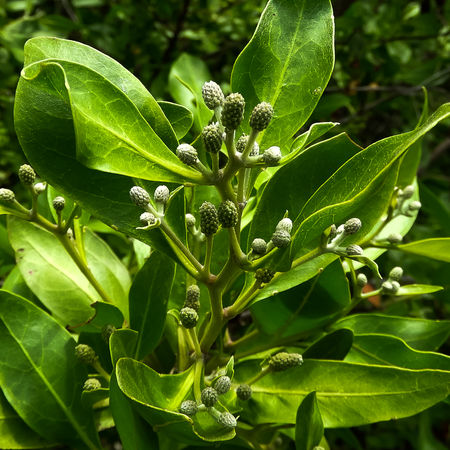Alma Grande

Mangroves
Laguna de Tampamachoco, located in the Mexican state of Veracruz, is a unique and diverse ecosystem that is home to a variety of flora and fauna. Among the many species that call this lagoon their home are four types of mangroves, which are an integral part of the local ecosystem.
The four types of mangroves found in Laguna de Tampamachoco are as follows:
Red Mangrove (Rhizophora mangle): This is the most common type of mangrove found in Laguna de Tampamachoco. It has a distinctive root system called "prop roots" which help it to survive in the muddy and unstable soil of the lagoon. The red mangrove also has small yellow flowers and a fruit that resembles a small green apple.
Black Mangrove (Avicennia germinans): The black mangrove is characterized by its dark-colored bark and leaves, and its pneumatophores, which are small projections from the roots that help it to breathe in oxygen in the waterlogged soil. The black mangrove also has small, white flowers and a fruit that is shaped like a small, elongated pod.
White Mangrove (Laguncularia racemosa): The white mangrove is easily recognizable by its smooth, grayish-white bark and its round, green leaves. It has short, thin roots and does not usually grow prop roots or pneumatophores. The white mangrove produces small, white flowers and a fruit that is shaped like a small, round nut.
Buttonwood Mangrove (Conocarpus erectus): The buttonwood mangrove is the least common of the four types of mangroves found in Laguna de Tampamachoco. It has a distinctive branching pattern that forms a dense, shrubby canopy. The buttonwood mangrove has small, greenish-yellow flowers and a fruit that is shaped like a small, hard seed.
Each of these four types of mangroves plays a unique role in the ecosystem of Laguna de Tampamachoco. They provide habitat and shelter for a variety of marine creatures, protect the lagoon from erosion, and help to filter out pollutants from the water. The mangroves are also an important source of food and medicine for local communities
Project Gallery








